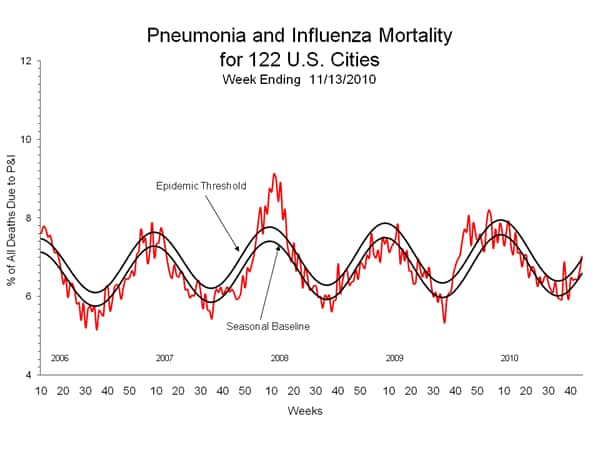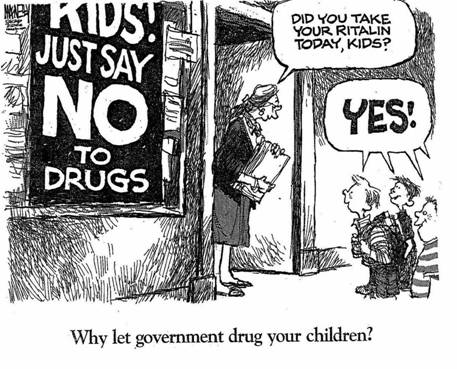 |
| The "faux" Sarah Palin and Todd |
I met her at the local country fair in 1975 - hanging around with one of my geeky high school buddies. Her then boyfriend had not bothered to take her along with him to the fair so my friend had given her a ride (more than likely hoping for a subsequent date). I ended up giving her a ride home that night and, as they say, the rest is history.
We fell in love. I left her for months upon months to do what I needed to do to make a living. We lived, in love, far apart left with writing letters because calling on the phone cost too much money in those days. She wrote in French with X's and O's. Unfortunately the letters are long lost to time.
We still have a picture taken when I took her to her high school prom in 1976. It looks a lot like the one at the top of this post except we stand proudly in front of my father's bright blue Pacer. Sure, our hair is longer, but then it was probably almost ten years before the picture you see here. Our picture still lies somewhere in the living room at the bottom of a family album.
My Sarah Palin does everything the one you see on TV does and more: chops wood, skins and guts fish and game, hikes, climbs mountains, camps, cooks over an open fire, canoes, kayaks, rafts big white water, shoots, goes fishing, pitches a tent, you name it. She can do it alone or dragging along some or all of our four children. She's not big on hunting and cold though... so moose hunting is out. She doesn't jog and run either - that's my job.
We didn't have a reality show, though, like the fake (or maybe faux Sarah Palin) you see on TV. No, we did it with grit and guts because we loved doing it and each other. And, it was kind of funny, that there were others like us - out with their kids as well. So perhaps my Sarah Palin isn't the only real one.
Like the faux Sarah Palin my Sarah Palin belives in Faith, Family and Flag. We both do. Like the faux Palin we have endured years of chiding and ridicule for these beliefs. My Sarah called a "traitor to the sisterhood" for staying home with our children to raise them.
We spent many happy years camping, canoeing, and kayaking in the back woods of Pennsylvania and West Virgina with our children. We didn't have a big RV like the faux Sarah Palin. Instead we had a Dodge Colt Vista and later a large blue Dodge Caravan. We hauled camping gear, dogs, kayaks, canoes, supplies, and tents to the remote wilderness. We camped and hiked and swam in the wildwater (and no, the children were not washed away over the falls). When we out grew one vehicle we had to take two.
Unlike the faux Sarah Palin no one cared about what we did - even though it was exactly the same thing as the reality TV show. Of course, we didn't live in Alaska, but besides that. not much was different. I suppose our yuppie neighbors were glad we were gone - no happy screaming children disrupting their drunken, naked hot tub nights.
What's so remarkable is that anyone cares about all of this, and in particular the faux Palin. I suppose if they'd lived same life they'd have no interest...
I've been watching the TV show and I find it quite interesting - more for what is not said mostly.
I suppose most glaringly the women on the faux Sarah program actually respect the old man Todd. You don't see much arguing or backtalk with him on the show. After all this first dude won the Tesoro Iron Dog race four times, fishes commercially and drills oil and gas wells for a living. My guess is is that he delivers as the "man" in the family - on all levels - for which the women respect him. So, other than the the faux Palin talking about him here and there he's just a background fixture, kind of like Mt. McKinely.
I was interested to see how she handled her weaponry. This link is probably the most telling though she shoots an over-under shot gun instead of a rifle on the TV show. The link show her shooting what appears to be an M-16 style semi-automatic. No flinching. No whining. Steady aim. Ditto for the shot gun. You can also see her casually ejecting shells between pulls. Husband Todd can shoot and easily demonstrates his skill on the program - just like the real one.
My Sarah is somewhat less of a hunter so other than occasionally shooting and make sure ours our in good shape you won't find much interest in guns on her part - but don't confuse that with inability.
All in all I would say the faux Palin does a pretty good job of demonstrating what the real Sarah Palin is like...
Good thing no one cares about the real one.














